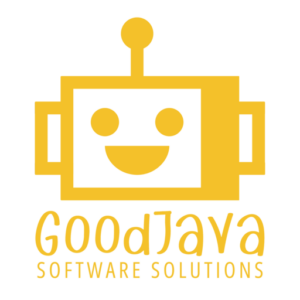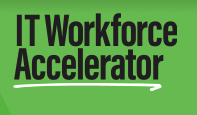Understanding Software Development Costs
What Determines Your Investment?
Written by GoodJava, Inc., July 8th, 2025
Introduction
Investing in software development is a major decision for businesses looking to streamline operations, integrate systems, or launch new digital products. One of the most common questions businesses ask is, “How much will it cost?” The answer varies widely depending on several key factors. In this blog post, we’ll break down the major cost drivers of software development and provide insights on how to optimize your investment.
Key Factors That Influence Software Development Costs
1. The Complexity and Scope of Your Project
The more complex your software, the higher the cost. Factors that influence complexity include:
- The number of features and custom functionalities
- The need for advanced integrations with other software
- Scalability requirements to support long-term growth
Cost Ranges:
- Simple software (basic internal tools, small business apps) → Lower cost
- Medium complexity (integrated platforms, custom workflows) → Moderate cost
- Enterprise-grade or AI-powered solutions → Higher cost due to extensive development
2. Custom Software vs. Off-the-Shelf Solutions
- Custom software offers flexibility and control but comes with a higher upfront investment.
- Off-the-shelf software is more affordable initially but may require costly workarounds or licensing fees in the long run.
3. Development Team and Location
Where and how you source your development team affects pricing:
- In-house development: Higher cost due to salaries and overhead
- Outsourcing: Can be cost-effective but requires strong project management
- Nearshore vs. offshore teams: Nearshore teams offer easier communication but cost more than offshore developers
4. Choice of Technology Stack
The programming languages, frameworks, and hosting solutions you choose will influence costs:
- Open-source tech reduces licensing fees but requires skilled developers
- Cloud-based vs. on-premise solutions impact long-term expenses
- Enterprise-grade platforms often come with high maintenance costs
5. Third-Party Integrations and APIs
Most businesses require software that integrates with existing platforms like CRMs, payment gateways, or ERP systems.
- Prebuilt integrations are quicker and cheaper.
- Custom-built integrations offer more flexibility but require additional development time and cost.
6. Security and Compliance Requirements
Industries like healthcare, finance, and government require strict security measures and regulatory compliance:
- Data encryption, security protocols, and compliance (GDPR, HIPAA, PCI DSS, etc.)
- Multi-factor authentication and access controls
- Regular security audits and updates
7. User Experience (UX) and Interface Design (UI)
A well-designed software solution improves user adoption and engagement but requires investment:
- Basic UI/UX is sufficient for internal business tools
- Advanced UI/UX is crucial for customer-facing platforms or mobile apps
8. Ongoing Maintenance and Support
Your investment doesn’t end at launch. Consider:
- Hosting costs (cloud vs. on-premise)
- Bug fixes, security patches, and updates
Scaling and feature enhancements over time
How to Estimate Your Software Development Budget
Businesses typically follow one of these pricing models:
1. Fixed Price Model
- Best for: Clearly defined projects with minimal expected changes.
- Cost: Pre-agreed upon, but any modifications may increase costs.
2. Time and Materials Model
- Best for: Agile development where requirements may evolve.
- Cost: Billed based on development hours and resources used.
3. Dedicated Team Model
- Best for: Long-term projects requiring continuous development and support.
Cost: Monthly retainer for a dedicated development team.
How to Optimize Your Software Development Budget
To get the most out of your investment, follow these best practices:
- Clearly define project goals to avoid costly scope changes.
- Prioritize a Minimum Viable Product (MVP) to test market fit before scaling.
- Use cloud and open-source technologies where possible to reduce costs.
Choose an experienced development partner who understands scalability and security.
How GoodJava Software Solutions Can Help
At GoodJava Software Solutions, we help businesses make smart software investments by providing:
- Custom software development tailored to your business needs
- System integrations that enhance workflow efficiency
- Secure and scalable cloud hosting solutions
- Long-term support and maintenance to protect your investment
We ensure that your software development budget is spent effectively, delivering scalable, high-quality solutions that support your growth. If you’re ready to explore your software project, contact us today to discuss your needs and get a tailored cost estimate.
Conclusion
Understanding the factors that determine software development costs empowers businesses to make informed investment decisions. While upfront costs vary, a well-planned, scalable software solution can drive long-term value. By selecting the right technology, pricing model, and development partner, you can ensure a successful software implementation that meets both your budget and business objectives.



